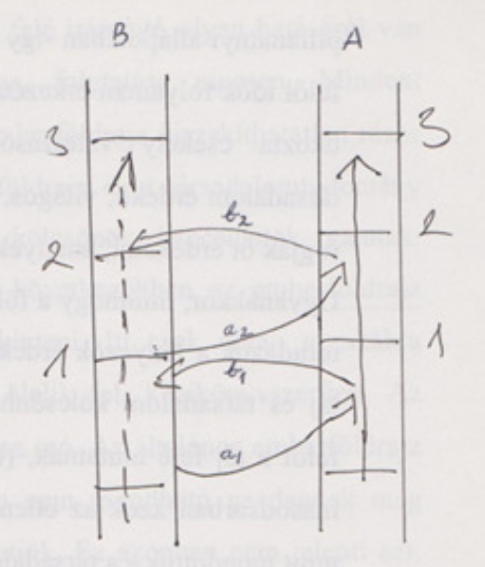Town in the Landscape ŌĆō Landscape in the Town
The Concept of Landscape in Hungarian Urbanism (1930ŌĆō1955)
Text: G├Ībor Ol├Īh
Since the 1930s, the landscape has evolved into an omni-present concept of reference in social sciences. In the interwar period the presence of the concept in discourses in both sciences and public life in Hungary most probably exerted significant influence on post-war workshops such as the department of architectural history at the University of technology in Budapest. The concept of landscape had no uniform and exact definition in this era. Its relatively undefined character made it possible for it to be present in science, politics an everyday language covering such versatile fields as nation characterology, the scientific proof of revision, the social issues of the countryside, the land issue, or even the debates over a national architectural style. Owing to the spatiality and spatial dimensions of the landscape, it has evolved as a scientific category primarily associated with geography. From the 1930s on, the elaboration of the methodology to scientifically research settlements in geography has been initiated. Simultaneously with this, the institutionalization of urbanism and its scientific-conceptual foundation also entered a new era. The conceptualized landscape is also present now in the evolving specific vocabulary of architectural discourses focussing on the town and the city, which is enriching and becoming more and more professional, although the emphases, definitions and details are fairly different. This study is targeted to identify new concepts of landscape in urban architecture on the one hand, which helps us analyse changes in the changes in interpretations of the urban space. On the other hand, it also surveys interscience correlations and associations which integrated the concept of landscape in the discourses of urbanism.
